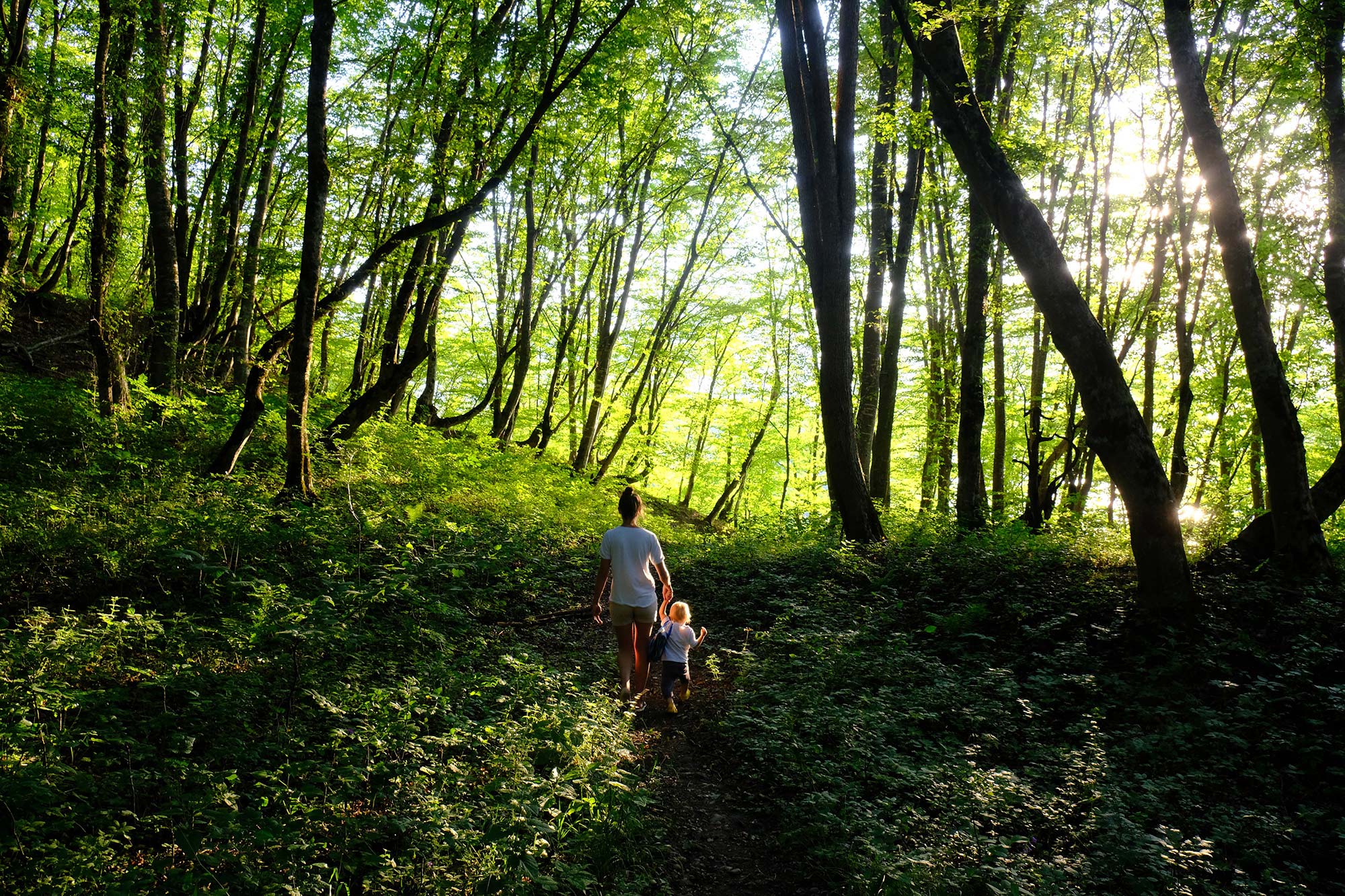Need more reasons to love trees? Here are some of the critical contributions they make to the abiotic, or non-living, components of Earth’s wild and urban ecosystems.
Air
One large tree produces enough oxygen for up to four people—every single day! Trees also improve air quality by:
- Capturing solid pollutants, such as dust and ash, on their leaves
- Reducing concentrations of dangerous gases like ground-level ozone, the major ingredient in smog
In other words, trees make it a whole lot easier for humans (and other animals) to breathe!
Water
About 25 percent of the “land” in Canada’s boreal forest is actually water: lakes, rivers, and wetlands. Boreal wetlands filter and purify millions of litres of fresh water every day, an ecosystem service that’s worth billions of dollars per year.
Trees also catch rain and snow on their branches and leaves, so that water trickles down instead of splatting. This helps rainfall soak into the ground, rather than running off. Tree roots also pull water out of soggy soils. In these ways, trees dramatically reduce the risk of flooding.
Soil
Trees alter the temperature, moisture, and oxygen content of soils, modifying habitat for other plants and soil-dwelling critters. In autumn, fallen leaves return nutrients to the soil as nature’s own fertilizer. This protective leaf litter also helps reduce soil erosion during rainstorms.
And those snaky, burrowing tree roots? They help stabilize hillsides and streambanks, preventing landslides and preserving water quality.
















































